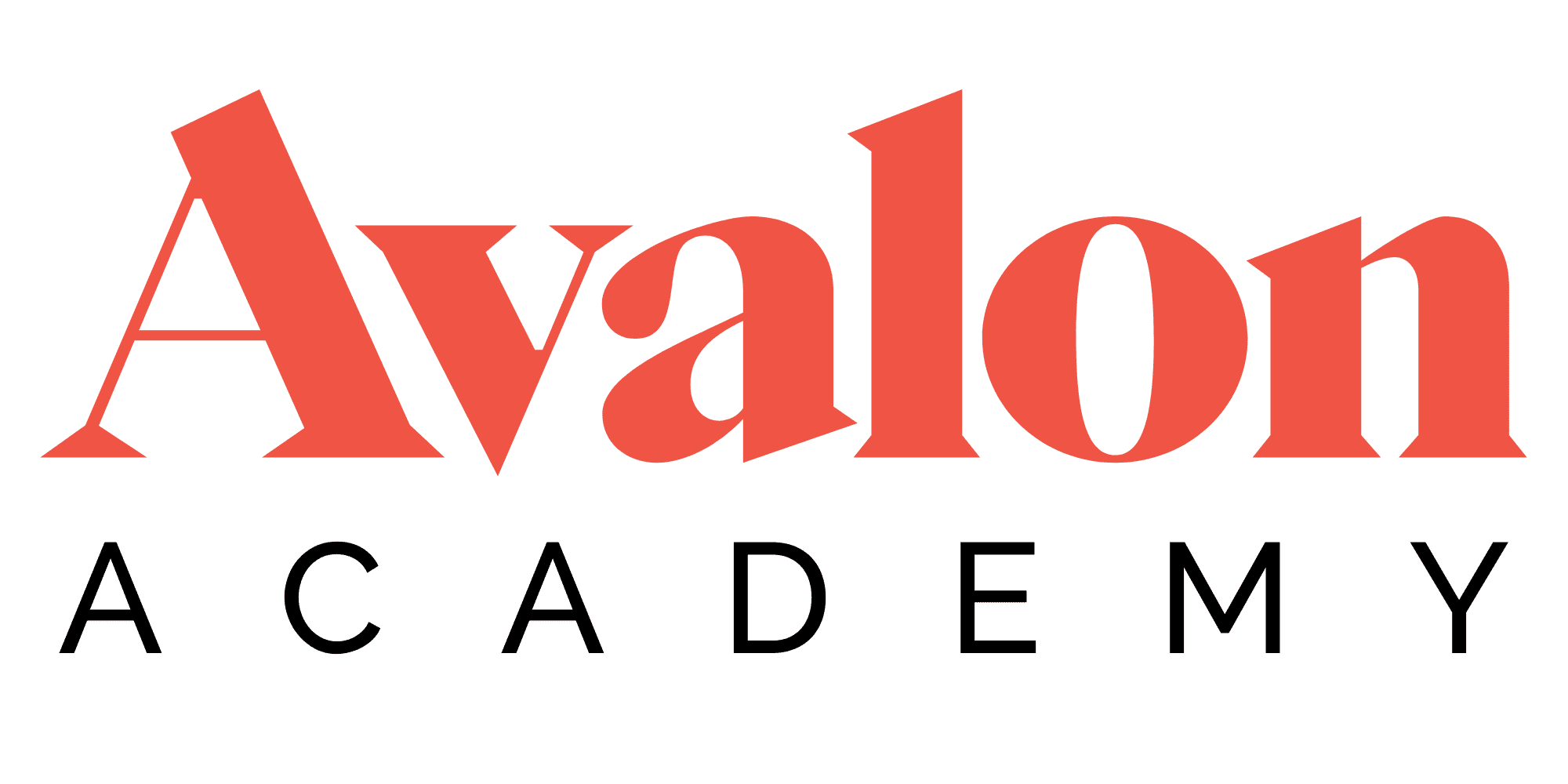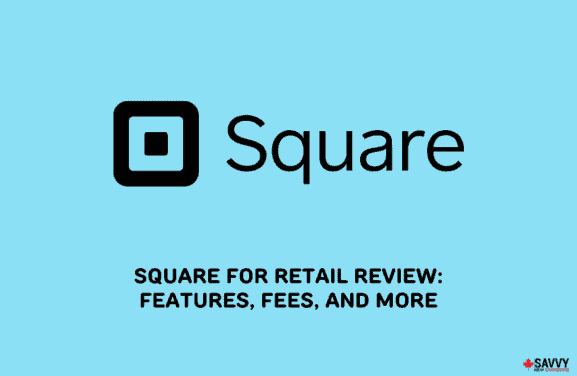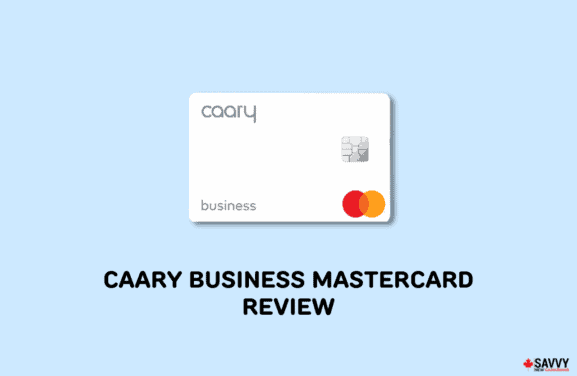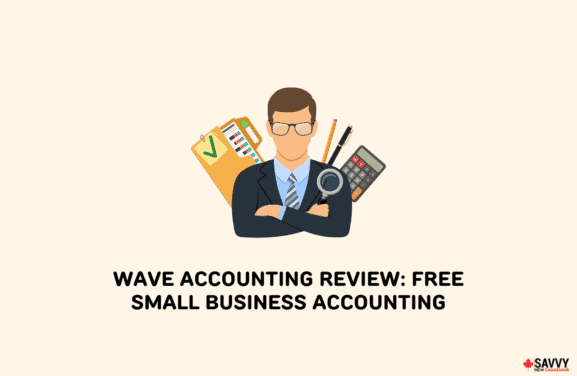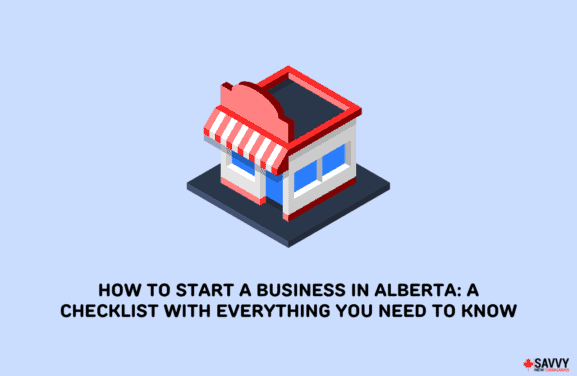Are you thinking of starting a small business in Ontario or anywhere in Canada? Then, it might interest you that doing so will make you part of the engine driving the Canadian economy.
Small business is huge in Canada. As of December 2021, there were 1.19 million (or 98%) small businesses in the country, making them the top employer businesses.
Some of the most popular small business ideas include dropshipping, selling online and digital products, commercial cleaning, repair services, and food trucks.
Whether you are considering starting a top 10 small business in Canada online or investing in a brick-and-mortar business, this step-by-step guide will help you through the process.
How to Start a Small Business
Setting up your own business is a big decision and may initially appear daunting. Starting a small business checklist is recommended to avoid overlooking any task.
By itemizing the processes you must accomplish into manageable tasks, you can start building a business with more confidence.
Below are the steps on how to start a small business in Canada:
Step 1: Plan Your Business
Come up with a business idea that has the potential to be profitable. If you are passionate about something, think about how to turn it into a money-making endeavour.
Conduct market research about the current trends in your area. If there is a product or service that you feel strongly about, find ways to improve upon it. The idea is to find new methods to do old things.
When you have decided on a product or service to sell, create a solid and simple business plan that covers the following:
- Your target customers and how to reach them
- Purpose of your product or service and the need it answers
- The unique selling points of your product or service
- Where to sell it
- Promotions and other marketing techniques
- Lead generation and sales conversion methods
- Upselling and post-sale strategies
Step 2: Choose Your Business Name
Create a unique business name that is short, memorable, and easy to spell. It must indicate what you are selling and reflects positively on your business.
List up to three choices so that you have other options if your first preference is unavailable. Use Canada’s Business Registries to check if your preferred name is available.
Step 3: Register or Incorporate Your Business
When starting a business, choose the business structure that suits your objectives. The following are the three types of business structures:
Sole proprietorship
In this structure, you are the single and sole owner of all the assets, benefits, and debts of the company.
As the sole proprietor, you have total control and authority over the business and the sole responsibility for making decisions.
You receive all the profits, claim all losses, have unlimited liability, and assume all business risks.
Partnership
A partnership is a formal agreement between two or more parties to jointly manage and run a business, with their ownership regulated by the partnership agreement.
In this structure, partnerships own the business assets and share the company’s profits and liabilities.
Corporation
A corporation is a legal entity that can enter into agreements and obtain property in its name, separately from its owners.
Controlled by directors and shareholders, the corporation can own assets, incur debts, and pay them.
After deciding on a business structure, think of potential business names. Check that they are legally and virtually available for you to use.
- Legal availability means the preferred business name is available for registration with the government as a legitimate corporate name.
- Virtual availability means that the preferred business name is available for registration online, whether as a domain name or a social media name.
To register your business as a corporation, follow these steps:
- Incorporate your business through federal incorporation or provincial/territorial incorporation.
- Obtain a federal business number and corporation income tax account from the Canada Revenue Agency.
- Depending on where you plan to do business, register as an extra-provincial or extra-territorial corporation.
Find more information on choosing between federal incorporation and provincial/territorial incorporation here.
You can easily register your sole proprietorship or incorporate a new company in Canada using Ownr. This online service is owned by RBC and simplifies business registration so you can complete the process from the comfort of your home.
Ownr also offers up to a $300 cash bonus when you use the service. Learn how Ownr works.
Step 4: Apply For a Business Permit or License
Find the permits and licenses for your business using the online tool BizPal, which provides a list of requirements based on your location, industry, and business activities.
In Canada, you may need to get appropriate permits and business licenses from three levels of government: provincial, municipal, and federal.
Each level of government requires various licenses, with every province and territory following its own regulations.
To be sure, check with your municipality on how to get a business license in Canada.
Below are the most common licenses and permits in Canada.
1. Municipal business license
Check with your local municipality if the business you plan to establish needs a municipal business license.
Determine if the municipality will allow your business to operate in your proposed location.
Visit your municipality to discuss zoning, bylaws, permits, and other requirements that you need to accomplish.
2. Zoning
There are three fundamental business zones: office/commercial, retail, and industrial.
The proposed use of your property must be in accordance with the municipality’s zoning bylaw, which regulates land use in your community.
Contact the Planning Department of your local municipality to ensure your business complies with the zoning bylaw.
3. Building Permits
You need a building permit if you want to construct, renovate, or demolish a building related to your business.
Contact the Building Department of your local municipality for the requirements and the application process.
4. Site Plan Info
A site plan info is a set of architectural illustrations that show the proposed improvements or arrangements to a property.
This document is necessary to obtain a building permit that allows you to construct, add, or renovate a property.
Contact the Planning Department in your local municipality for the site plan approval process.
Step 5: Open a Business Bank Account
If your business is incorporated, it is compulsory to open a business bank account under your registered business name.
Sole proprietorships and partnerships are not required to have one. But it is essential to separate personal and business finances, so opening a business bank account is necessary.
One advantage of having a business bank account is that it is easier to apply for a business loan or a business line of credit when your business grows.
The types of business bank accounts include the following:
- Business savings accounts
- Business chequing accounts
- Business banking accounts with no or low monthly fees
- Business-guaranteed investment certificates (GICs)
The requirements to open a business bank account depend on what bank you choose. It will often include valid IDs, business registration documents, proof of residence, and information on authorized users.
Step 6: Apply for a Business Credit Card
A business credit card provides a flexible way to access and build business credit while helping you manage startup costs and monitor expenses.
It is a convenient option for paying bills, covering travel costs and purchasing supplies and inventory. To apply for a business credit card, you will need to present the following:
- Your personal credit history and credit score
- Your business details
- Business legal name
- Business License
- Registered address and phone number
- Employer ID number
- Annual revenue
- Tax documents
- Number of employees
- Estimated monthly spending needs
- Your business credit profile
Step 7: Get Support or Financing For Your Business
Below are the primary sources of funds when starting a business:
- Personal investment. This is when you put up your own money using your savings or put up your assets as collateral.
- Love money. This refers to money loaned by your family and friends, which you repay later as your business grows and becomes profitable.
- Debt financing. This type of financing lets you borrow money from another and repay it in installments with interest. These include personal loans and bank loans.
- Equity financing. In this financing option, investors provide funds for your business in exchange for a share of its ownership. Venture capitalists and angel investors often fall into this category.
- Government funding. If you want to know how to start a business in Canada with no money, ask about government funding. There are government grants available for those who want to set up a small business or scale up an existing one.
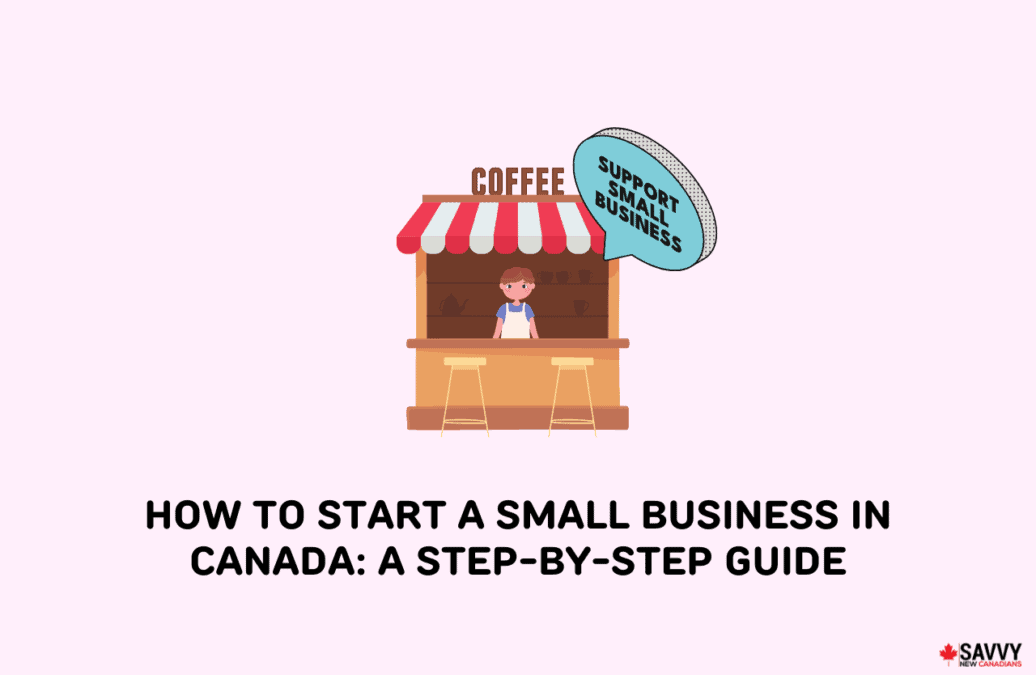
Step 8: Complete Other Registrations
Unless your business gross income stays below $30,000 a year, you do not need to register for Goods and Services Tax (GST) and Harmonized Sales Tax (HST) numbers.
However, when you register for GST and HST, you benefit from Input Tax Credits, which let you get back the GST/HST that your business paid for your business purchases.
Are you starting your business in Alberta, British Columbia, Manitoba, or Saskatchewan? If so, you must register as a collector of provincial sales tax (PST).
If your business is in a province that does not harmonize sales taxes with the federal GST, you need to register to collect and remit the appropriate provincial tax.
If you intend to hire employees, you need to open a Payroll Deductions account with your Business Number (BN), which you can get from the Canada Revenue Agency (CRA).
Step 9: Consider Business Insurance
Small business owners face many challenges, including those that stem from the lack of business insurance policies and can often result in bankruptcy.
While business insurance is not mandatory to operate a business, it is crucial in managing risk.
Since your business is your livelihood, consider getting insurance to avoid severe losses or bankruptcy.
The most common types of insurance for small businesses are:
- Commercial property insurance
- General liability insurance
- Professional liability insurance
- Product liability coverage
- Commercial auto insurance
- Cybersecurity insurance
- Business property and contents insurance
- Business interruption insurance
Step 10: Set Up Your Accounting System
Use accounting software that will help you organize your business. It can automate bookkeeping tasks like invoicing, reports, and payment tracking.
Having accounting software helps keep your books in compliance. It also frees up your time, so you can spend more time running your business.
When choosing accounting software, consider your budget, the cost of the software, and its features.
Some accounting software providers offer free trials and then charge either per month or annually.
Since both options have benefits and drawbacks, weigh the pros and cons of each in relation to your business.
If you feel assured about using a particular software, an annual contract can be beneficial and may come with a discount.
If you are still looking for a good option, try the monthly setup. It offers a more practical arrangement, and you can cancel the service if it is unsatisfactory.
Step 11: Create a Website and Maintain Social Media Accounts
Create a website for your startup business to inform customers about your company and to promote your products or services.
A website is also an effective way to generate leads and increase revenues. Whatever the size of your business, having a website is a must for business growth.
Choose between creating a free website or hiring a professional. If you hire an expert, there are two choices on what service to get: a one-time fee structure or a monthly subscription.
Likewise, using social media to promote your business is a beneficial and cost-effective strategy for your bottom line.
It does not only provide a free platform, but it is also the easiest way to reach out to your customers, create brand awareness, and generate leads.
The 7-Day Business Starter Course: Launch Your Canadian Business Like a Pro!
The Seven Day Business Starter is the only program you’ll ever need to start and build a successful business that will support you for years. This course is designed for Canadian entrepreneurs seeking guidance to turn their ideas into thriving businesses.
Learn how to create your business plan, register your business, master your finances, succeed at marketing, make your first sale, build an operating system, and automate processes. See real-life examples and get lifetime access to an exclusive online community.
Sign up with our exclusive promo code SAVVY25 and get a 25% discount (30 day money back guarantee).
You can also look at this course on Bookkeeping and Taxes for Freelancers (use SAVVY25 for a 25% discount).
FAQs
The amount will vary from location to location, with areas like Toronto costing more for businesses than Nunavut. On average, a small business owner in Canada spends about $5,000 to $10,000 to start a small business.
Selling online is the easiest way to start a small business in Canada, often requiring less than $1,000. You only need to research, purchase inventory and set up an online shop for under $100.
For 2023, a small business in Canada can earn $15,000 before paying taxes. It increased from $14,398 during the 2022 taxation year (for the federal basic personal amount).
For an entity to qualify as a small business in Canada, it has to have less than 100 paid employees. As of December 2021, there were 1,187,658 companies recognized as small businesses having 1 to 99 employees.
Most businesses are required to register their business, except for sole proprietorships. You do not need to register if you use your legal name as your business name.
Related: How to register a trademark.
